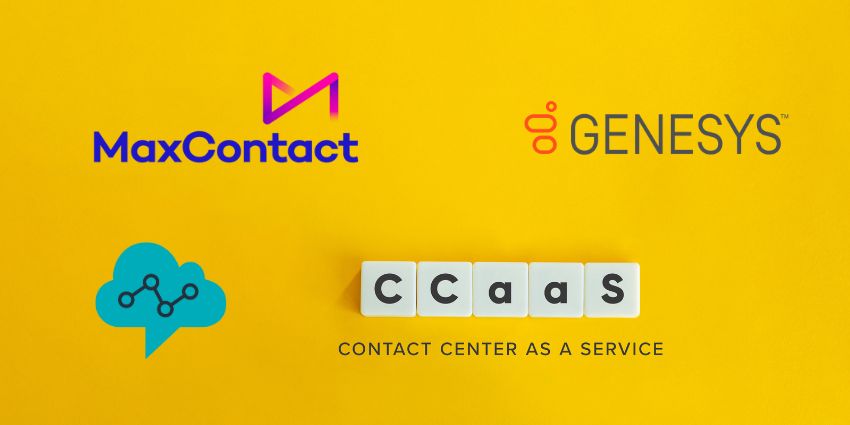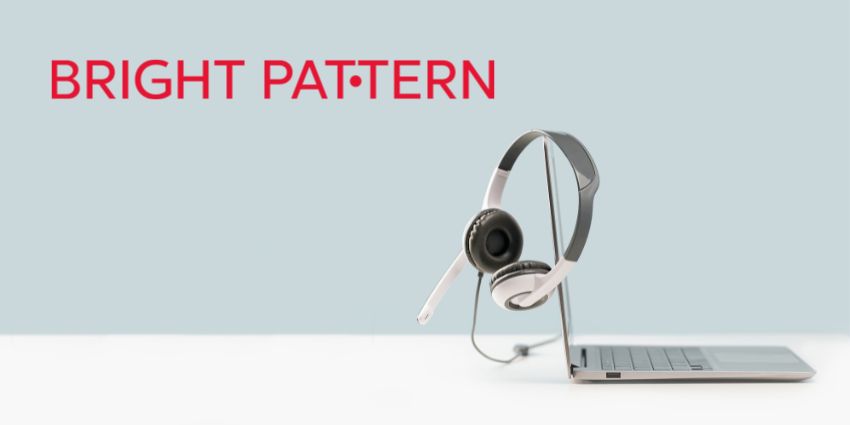Rapid changes in technology have left many businesses in a state of flux when it comes to their IT infrastructure. So common is this experience that it has even gained its own name – Digital Transformation (DX).
Digital transformation describes the transition companies go through when adopting any of the technologies associated with fourth generation networking and business intelligence – the Cloud, mobile, Big Data, the Internet of Things (IoT). According to digital think tank Prophet, as many as nine in 10 companies are undertaking digital transformation right now.
The concern is, for all the promise of more efficient, flexible, productive working practices these technologies offer, a vital part of the business jigsaw is in danger of being overlooked – the customer. Three quarters of companies recognise customer experience as their most important performance measure, while better than 80 per cent view it as a key point of difference from competitors.

And yet, according to Californian comms giant Avaya, too many businesses are launching into digital transformation without due attention to the customer experience. In the contact centre, operators are switching to cloud-based, omni-channel solutions, expecting the change will bring a more responsive, flexible, integrated level of service which will help to build satisfaction and loyalty among customers.
But, asks Avaya, how can this be achieved without taking appropriate steps to really understand the customer journey at an individual level? Especially in a multi-channel, distributed contact centre environment, with so many more touch points and a much more complex architecture, without thorough, robust mapping of customer experience, contact can actually become more confusing and disjointed than in a straightforward, voice-based call centre setting.
Avaya’s point is that this need not be the case. Through its Oceana platform, Avaya claims it has achieved a complete integration of the three pillars of the modern digital contact centre solution – the Cloud, omni-channel and Big Data analytics – to deliver a fully context-driven contact experience. Indeed, beyond simply being a contact solution, Oceana is positioned as a customer experience solution, enabling businesses to optimise journeys through every channel, at every point of contact.
What can it do?
Avaya Oceana is a suite of contact centre solutions built on top of Avaya Breeze, a Platform-as-a-Service (PaaS) development space. Evolving out of previous projects to make Avaya APIs and SDKs as freely available as possible to the developer community, Breeze takes an open, modular, extensible approach, adding a user-friendly drag and drop interface to help with the design of advanced applications and workflow automation in the workplace.
Oceana takes this engine and applies it to the mapping of customer contact journeys. In that sense, the approach it takes to creating a contact centre solution feels quite different to most other products available. To put it simply, the flexibility and development control the Breeze platform provides means that entire solutions can be built from the ground up according to the requirements of the customer journey.
The Avaya Oceana suite has three main components:
- Oceana: The main contact engine, which provides flexible multi-touch capabilities to shape the contact solution to suit the customer journey
- Oceanalytics: Providing the intelligence to inform the tailored contact solutions, Oceanalytics is a Big Data reporting tool which combines collection, processing and analysis of customer journey data with rich visualisation to aid real-time decision making
- Oceana Workspaces: The browser-based GUI combines full 360 degree oversight of relevant data and contact history across all touch points with a user friendly drag and drop interface. This not only allows agents to easily handle multiple channels at once and personalise service based on a broad overview of the individual customer journey, it also allows system managers and developers to redesign and tweak contact workflows as and when required
The key to these three different components is that they all work together to provide an adaptable, personalised, context-rich and intelligence-based customer contact platform. As a modular solution built on an open architecture, Oceana supports any and all contact channels – phone, SMS, email, IM, web and mobile. Whichever channels and devices a customer uses, including if they use more than one channel in one engagement, the system captures data at each point, processing it into a live and historic map of that customer’s journey.
This is all visualised and available to agents, who can in turn use the in-built flexibility of the platform to make appropriate responses. Not only that, but as it is based on a developer platform, Oceana is also ideal for setting up and triggering automated responses as part of the customer journey.
So, for example, if a customer calls up with a technical query about a product, an agent can very quickly and easily fire over an email with a link to a relevant document with a quick drag and drop. But behind that, the system can be configured to make automated resource suggestions to the agent based on the customer’s requests, or their purchase history, or any other relevant data. For customers using self-service resources on a website, chatbots can be triggered to ask if they need any assistance if they spend a certain amount of time on the site, or scroll through a certain number of pages. Automated SMS messages can be used to trigger contact from the business’s side if required – for example, an airline could configure a system to alert passengers when they miss a flight, with links to alternative flights and the option to launch a live call or IM to discuss.
What do we like?
The whole approach Oceana takes to contact centre systems is innovative and powerful. Essentially a PaaS solution, you would be hard pressed to find another product which gives operators the control and flexibility Oceana offers. The ability to design service workflows from the ground up gives businesses unprecedented levels of control over the customer experience (CX), ensuring they shape the journey in the most responsive and effective way possible.
https://www.youtube.com/watch?v=IgdXVim0a1M
Who is it for?
Oceana is for any business that wants full control over their contact centre. If you want to look beyond off-the-shelf solutions, but still have something which is straightforward to stage and friendly on the end user, Avaya Oceana is ideal. To get the most from it, it is probably best suited to companies with in-house developer expertise.
What is it compatible with?
Built on the open Breeze architecture, Oceana can be customised to integrate with any third-party applications.
UC Today Opinion
The growth in popularity of PaaS solutions, as evidenced by the emergence of AWS, Microsoft Azure, Google App Engine and so on as major players in business IT solutions, has been driven by the desire of many businesses to take full control over their IT solutions. Off-the-shelf software always posed the problem that, for all the configuration options it offers, it essentially treats businesses as the same, offering the same platforms for all needs. Powered by the freedom of the Cloud, PaaS offers companies the chance to build their own unique systems from the ground up, based on their own specific needs.
Avaya Oceana brings the same philosophy to the contact centre. Instead of offering one PABX system, one omni-channel solution, one set of analytics tools and asking the operator to fit them into their requirements, Oceana essentially provides businesses with the tools to build their own. Yet despite offering a seemingly infinite number of deployment possibilities, it still manages to keep things simple and efficient for the end user.
Have you anything to share about your own experiences with Avaya Oceana? Do you feel a PaaS approach offers greater flexibility to design contact centre solutions according to customer need? Let’s hear your thoughts in the comment section below, and feel free to invite others to the conversation by sharing this article on social media.







